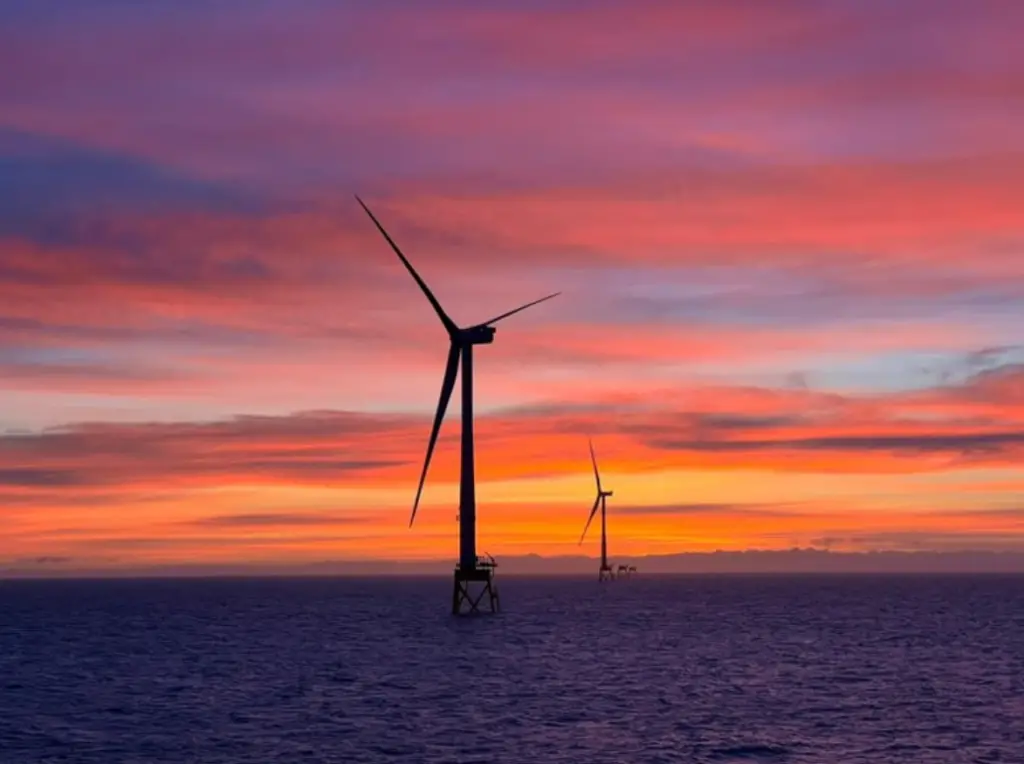The 1.1 GW Seagreen offshore wind farm, Scotland’s largest and world’s deepest fixed-bottom offshore wind farm, has ten of the 114 Vestas V164-10.0 MW turbines installed. In early December, the first wind turbine was constructed at the site, which is located 27 kilometers off the coast of Angus. This was the first time a wind turbine with a capacity of double-digit megawatts was built off the coast of Europe.
Cadeler’s wind farm installation vessel dubbed Wind Osprey, is working on the wind turbines, which are transported from Vestas’ turbine marshalling station in Able Seaton Port in Hartlepool to the site. The turbine installation effort is happening concurrently with Seaway 7’s continuing foundation installation work out of Scotland’s Port of Nigg.
Development of the project
SSE Renewables (49%) and TotalEnergies (51%) are partners in the GBP 3 billion Seagreen wind farm. With the help of TotalEnergies, SSE Renewables is driving the development and construction of the Seagreen project, which will be operational for the next 25 years.
In 2019, the project was awarded a 454MW 15-year CfD contract, and on June 3, 2020, the project received the Final Investment Decision. Seagreen offshore wind farm will be completed with a capacity of 1,075MW (up to 114 turbines).
The offshore wind farm is expected to begin commercial operations in 2023, with the first power expected earlier in the same year.
Read also: Norway to begin bottom-fixed offshore wind project
Significance of the Seagreen offshore wind farm
Seagreen will generate enough green energy to power over 1.6 million homes, the equivalent of two-thirds of all residences in Scotland. Every year, Seagreen will also displace over 2 million tonnes of carbon dioxide from fossil-fuel-generated power. This will be the same as reducing more than a third of Scotland’s annual car emissions and contributing significantly to Scotland’s net-zero aim by 2045.
Seagreen also has a substantial economic impact on Scotland and the United Kingdom. The low-carbon project is boosting Scotland’s green economy and creating high-value green jobs, including a direct contractor, and supply-chain positions.

